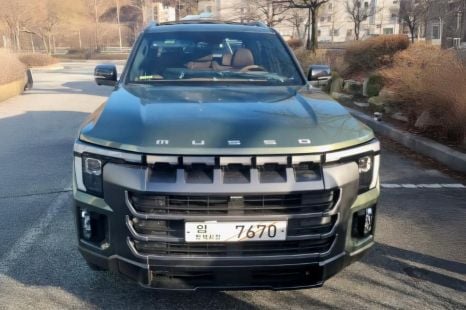

Damion Smy
2026 KGM Musso ute images leaked
4 Hours Ago

News Editor
Hyundai’s cutesy Casper may not be a Korean exclusive for much longer.
An electric version of the city car has been spied testing in Europe, and it could potentially come here.
Our spy photographers noted the Casper EV is being benchmarked against the Fiat 500e and Volkswagen e-Up, which you can see in a couple of photos.

This is our first look at the Casper EV’s interior, which features two large, free-standing screens: one a digital instrument cluster, the other for the infotainment system.
The latter appears larger than the petrol-powered Casper’s screen.
It’s distinguished externally from the petrol Casper by a set of quirky-looking wheels with a square pattern. Other distinctive details include Hyundai’s Parametric Pixel detailing, plus text spelling out where the car’s front radar is.
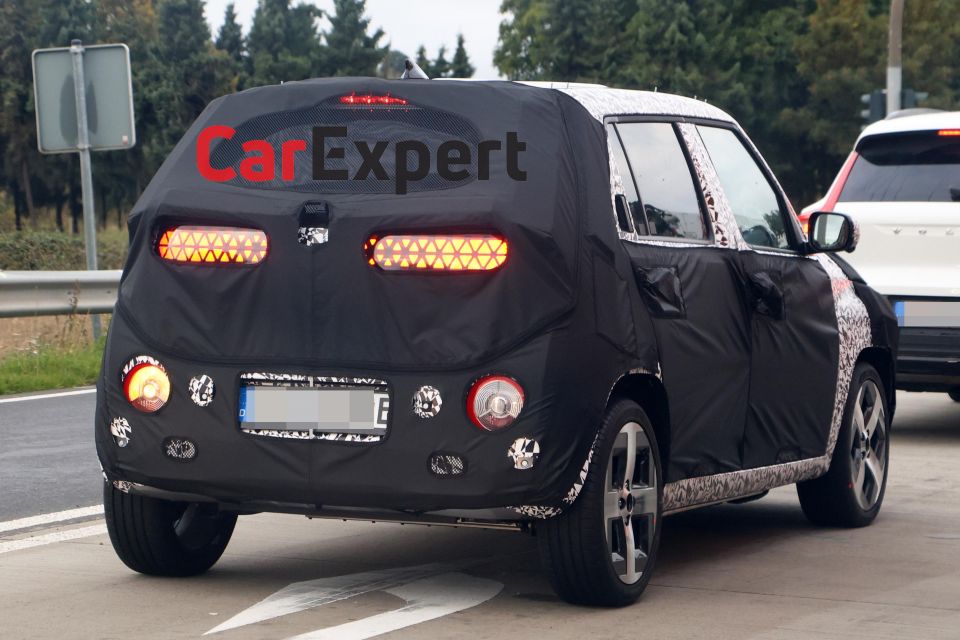
Hyundai Australia has previously confirmed it plans to offer an electrified SUV in every segment it competes in by the end of 2024.
With no electric or hybrid version of the Venue, the yet-to-be revealed electric Casper could be Hyundai’s electrified entry in the Light SUV segment.
That would give buyers a more affordable entry to an electric Hyundai, and potentially give the brand a rival – at least on price – with the bevy of affordable Chinese EVs coming into Australia like the BYD Dolphin.
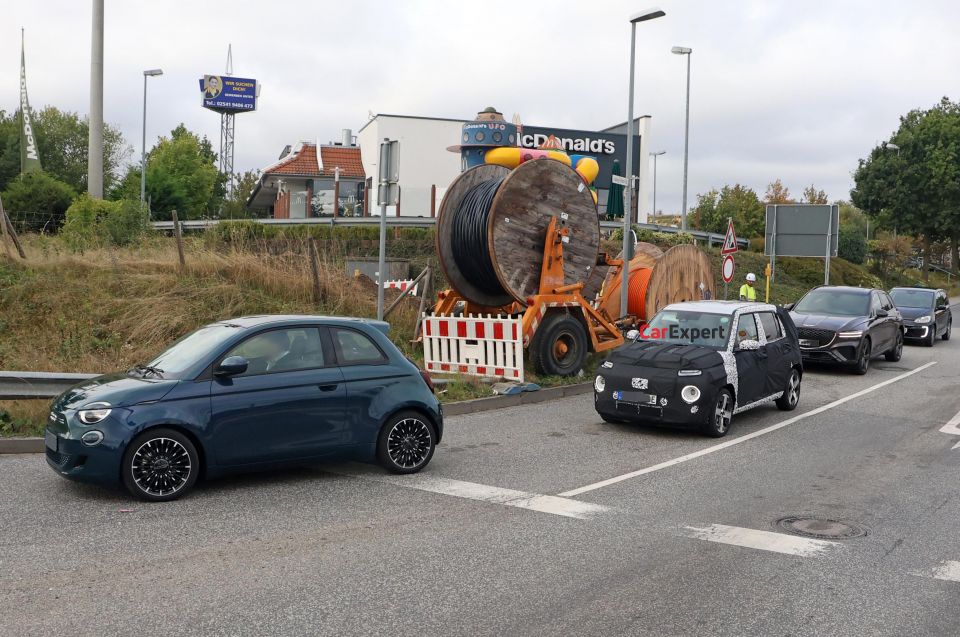
The cheapest Hyundai EV is currently the Ioniq 5 Dynamiq at $72,000 before on-roads, though a new generation of Kona Electric is due before year’s end.
While Hyundai Australia wouldn’t comment on the possibility of the Casper coming here, it filed a trademark for the Casper name locally earlier this year.
The only other electrified light SUV the brand offers globally is the Bayon, which only offers 48V mild-hybrid powertrains. In contrast, the Kona, Tucson and Santa Fe are offered with full-hybrid powertrains.

The electric Casper has yet to be revealed or even officially announced by Hyundai, though Korean outlet Pulse reported last year it was coming.
The brand revealed the Casper in petrol guise back in 2021, as the smallest car it offers.
At 3595mm long and 1595mm wide, it’s even smaller than the i10 city car offered in Europe, though its boxier body and quasi-SUV styling means it’s taller overall.
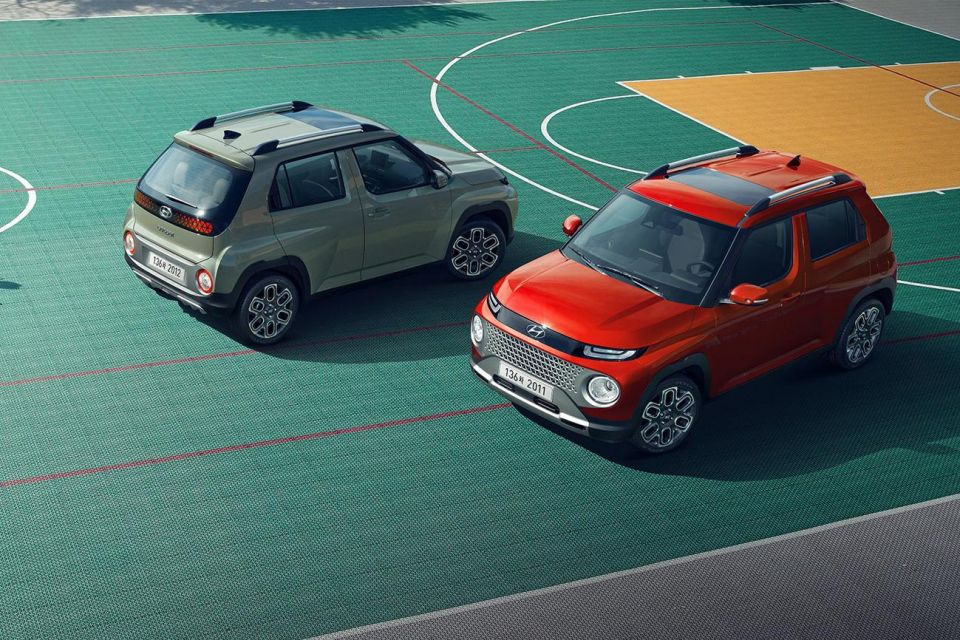
That means it’s identical in length to the Kia Picanto with which it shares its platform.
It’s offered in Korea with a choice of naturally aspirated and turbocharged 1.0-litre three-cylinder engines, both mated with a four-speed automatic transmission.
The atmo three-pot pumps out 56kW and 95Nm, while the turbo produces 73kW and 171Nm.
Where expert car reviews meet expert car buying – CarExpert gives you trusted advice, personalised service and real savings on your next new car.
William Stopford is an automotive journalist with a passion for mainstream cars, automotive history and overseas auto markets.


Damion Smy
4 Hours Ago


Damion Smy
5 Hours Ago
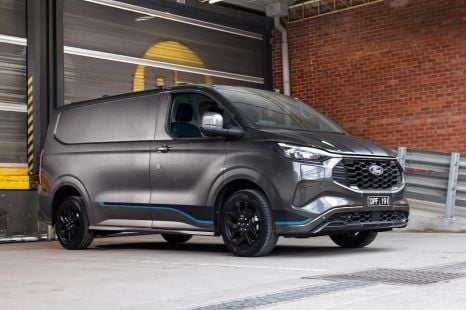

Damion Smy
5 Hours Ago
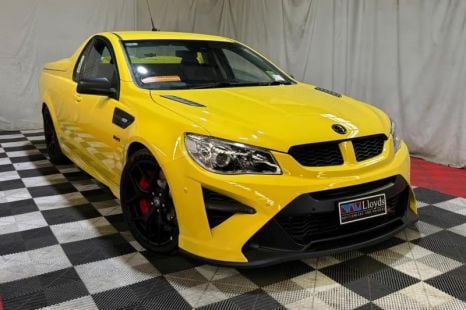

Damion Smy
6 Hours Ago
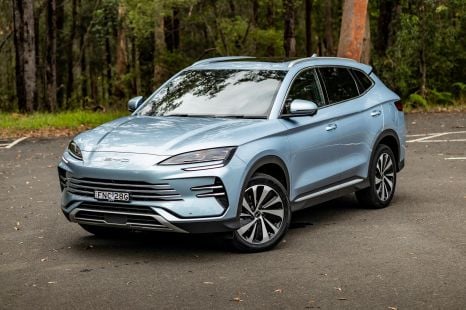

Josh Nevett
6 Hours Ago


Max Davies
7 Hours Ago